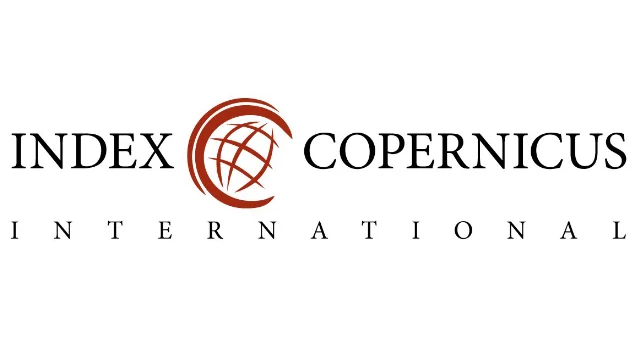A Petri Net Computational Model for Web-based Students Attendance Monitoring
Keywords:
Web based student attendance, Petri nets, computational model, monitoringAbstract
Monitoring student's attendance in classes is necessaryfor proper assessment of their understanding and performance in a course module. Attendance nzonitoring in a manual teaching ånd leanüng setting is easier than in web-based. The major reason for the inherent difficulty is that the latter provides virtual teaching and learning relationship in which students are not seen, whereas thefonner involves physical orface-to-face teaching and learning. Research and evidence showed that good attendance has a direct impact on student's success in a course module. The paper presents an overview of studentteacher relationship in an educational environment. Subsequently, a Inathematical model description using Petri nets is provided to capture web- based student attendance. The entpirical exanzple and corresponding output using Microsoft Excel justified the modeling power of Petri nets. The framework presented can be embedded into custom online academic programnte to track student attendance in course modules.
Similar Articles
- Robinson Ogochukwu Isichei, The Intersection of Artificial Intelligence, Music, and Religion: An Extensive Review Highlighting Contemporary and Emerging Perspectives , Communication In Physical Sciences: Vol. 9 No. 4 (2023): VOLUME 9 ISSUE 4
- Olusegun Sowole, Solar UV-Radiation Absorption by Stratospheric Ozone in Lagos Southwest of Nigeria , Communication In Physical Sciences: Vol. 5 No. 4 (2020): VOLUME 5 ISSUE 4
- Usman Mohammed, Doguwa Sani Ibrahim, Mohammed Aminu Sulaiman, Reuben Oluwabukunmi David, Sadiq Ibrahim Abubakar, Development of Topp-Leone Odd Fréchet Family of Distribution with Properties and Applications , Communication In Physical Sciences: Vol. 12 No. 4 (2025): VOLUME1 2 ISSUE 4
- Emmanuel Wilfred Okereke, Sunday Ngozi Gideon, Kingsley Uchendu, Statistical Properties and Application of Bagui-Liu-Zhang Distribution , Communication In Physical Sciences: Vol. 8 No. 3 (2022): VOLUME 8 ISSUE 3
- Mohammed Hassan Ramat, Yahaya Zakari, Mohammed Usman, Isah Muhammad, Jamilu Yunusa Falgore, Hussaini Garba Dikko, The Effect of Exchange Rate on Gross Domestic Product (GDP) on the Nigerian Economy using ARDL-ECM approach , Communication In Physical Sciences: Vol. 8 No. 2 (2022): VOLUME 8 ISSUE 2
- Uchechi Ezere, Chijioke Oriaku, Ozochi Akwuegbu, Fast Interpolating Spline for Diurnal Temperature Patterns , Communication In Physical Sciences: Vol. 8 No. 3 (2022): VOLUME 8 ISSUE 3
- Agada Livinus Emeka, Saleh Mustapha Babagana, Investigation of Aquifer Vulnerability in Damaturu Using Electrical Resistivity Method , Communication In Physical Sciences: Vol. 9 No. 3 (2023): VOLUME 9 ISSUE 3
- Samira Sanni, A Review on machine learning and Artificial Intelligence in procurement: building resilient supply chains for climate and economic priorities , Communication In Physical Sciences: Vol. 11 No. 4 (2024): VOLUME 11 ISSUE 4
- Ayomide Ayomikun Ajiboye, Muslihat Adejoke Gaffari, Onaara Enitan Obamuwagun, Predictive Analytics in Sport Management: Applying Machine Learning Models for Talent Identification and Team Performance Forecasting , Communication In Physical Sciences: Vol. 12 No. 7 (2025): Volume 12 issue 7
- Isah Muhammad, Gafar Matanmi Oyeyemi, Generalized Variance Estimator using Two Auxiliary Variables under Stratified Random Sampling , Communication In Physical Sciences: Vol. 12 No. 2 (2025): VOLUME 12 ISSUE 2
You may also start an advanced similarity search for this article.




